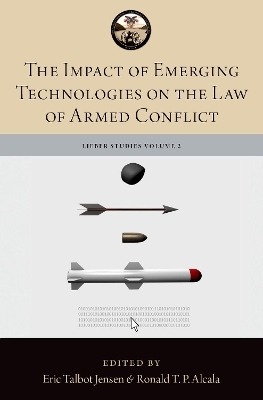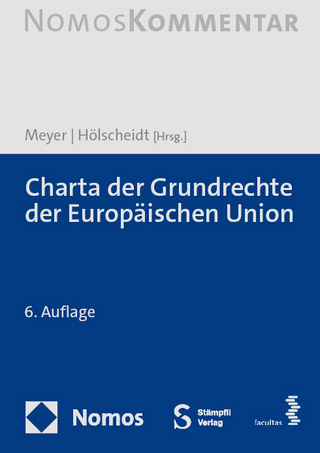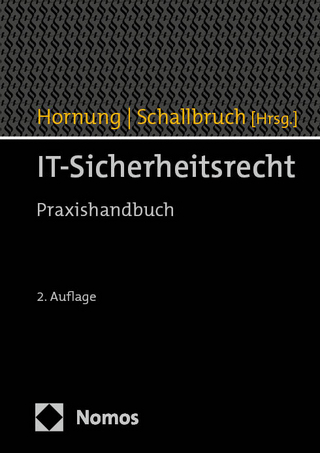
The Impact of Emerging Technologies on the Law of Armed Conflict
Oxford University Press Inc (Verlag)
978-0-19-091532-2 (ISBN)
Ronald T. P. Alcala is Academy Professor at the United States Military Academy at West Point. Eric Talbot Jensen is Professor of Law and Brigham Young University Law School.
Foreword by Brigadier General R. Patrick Huston
Contributors
Introduction
PART ONE Compliance and Accountability
Chapter 1. Regulating New Weapons Technology
Rebecca Crootof
Chapter 2. Assessing LOAC Compliance and Discourse as New Technologies Emerge: From Effects Driven Analysis to "What Effects?"
Laurie R. Blank
Chapter 3. Leveraging Emerging Technology for LOAC Compliance
Eric Talbot Jensen & Alan Hickey
Chapter 4. Lethal Autonomous Weapons Systems: The Overlooked Importance of Administrative Accountability
Laura A. Dickinson
PART TWO Precautions
Chapter 5. Law-of-War Precautions: A Cautionary Note
Sean Watts
Chapter 6. The Other Side of Autonomous Weapons: Using Artificial Intelligence to Enhance IHL Compliance
Peter Margulies
Chapter 7. High Tech Civilians, Participation in Hostilities, and Criminal Liability: Reconciling U.S. Perspectives
Lieutenant Colonel Matthew T. King
PART THREE Distinction
Chapter 8. Emerging Technologies and the Principle of Distinction: A Further Blurring of the Lines between Combatants and Civilians?
Michael W. Meier
Chapter 9. Who Did It? Attribution of Cyber Intrusions and the Jus in Bello
William Banks
Chapter 10. The Law of Armed Conflict Implications of Covered or Concealed Cyber Operations: Perfidy, Ruses, and the Principle of Passive Distinction
Colonel Gary P. Corn & Commander Peter P. Pascucci
Chapter 11. Invisible Soldiers: The Perfidy Implications of Invisibility Technology on Battlefields of the Future
Sephora Sultana & Hitoshi Nasu
Chapter 12. Attack Decision-Making: Context, Reasonableness, and the Duty to Obey
Geoffrey S. Corn
Index
| Erscheinungsdatum | 30.09.2019 |
|---|---|
| Reihe/Serie | The Lieber Studies Series |
| Verlagsort | New York |
| Sprache | englisch |
| Maße | 239 x 155 mm |
| Gewicht | 748 g |
| Themenwelt | Recht / Steuern ► EU / Internationales Recht |
| Recht / Steuern ► Öffentliches Recht ► Völkerrecht | |
| Recht / Steuern ► Strafrecht ► Besonderes Strafrecht | |
| ISBN-10 | 0-19-091532-3 / 0190915323 |
| ISBN-13 | 978-0-19-091532-2 / 9780190915322 |
| Zustand | Neuware |
| Haben Sie eine Frage zum Produkt? |
aus dem Bereich


